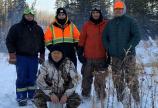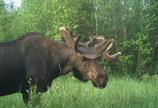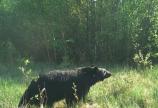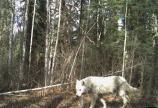Indigenous research highlights loss of biodiversity
- Anne MacLaurin
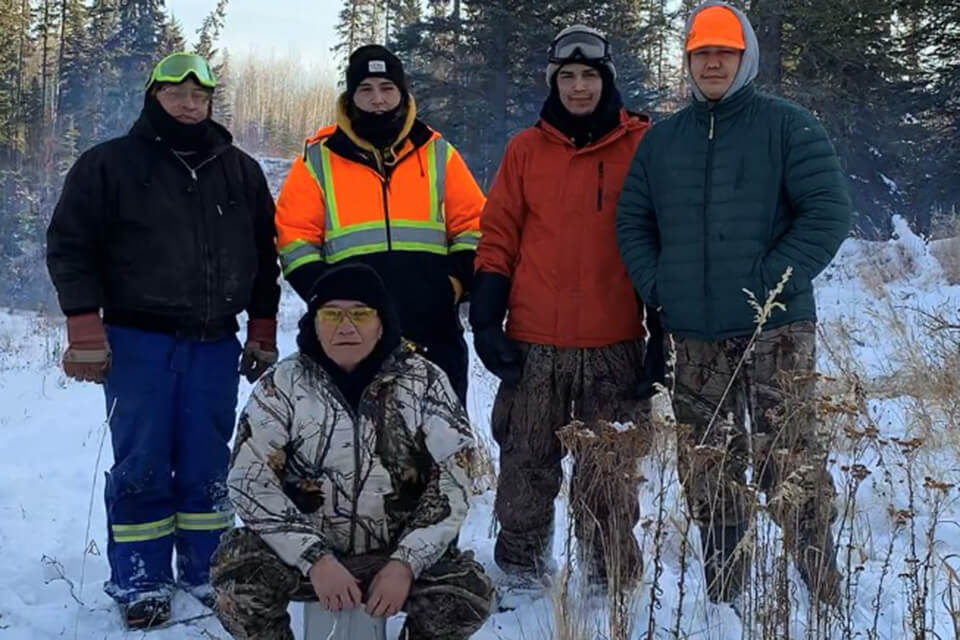
New research by Indigenous knowledge holders shows the cumulative effects of industry on declining populations of moose, black bears, and lynx in the Canadian oil sands.
“Our Elders (knowledge holders) have been observing all along the effects of development on their lands, now the science supports their knowledge,” says Whitefish Lake First Nation consultant manager, Fabian Grey.
In an article published today in the peer-reviewed journal, FACETS, the Whitefish Lake First Nation (Atikameg, Alberta) illustrate the impact of the oil and gas industry on the wildlife they depend on for subsistence. They partnered with InnoTech Alberta and UVic adjunct researcher Jason Fisher on a camera-trapping study of wildlife activity on their traditional lands.
“The Nation led the camera-trapping study, while the UVic Applied Conservation Macro Ecology (ACME) Lab produced the data analysis,” says Fisher. “Together we found that oil and gas development (roads, wells) as well as forest harvesting (deforestation) are having significant effects on wildlife on their territory,” adds Fisher.
Indigenous peoples of the Whitefish Lake First Nation—a Treaty Eight Nation of 3,000 people—have a long tradition of subsistence hunting and close ties with the land. Resource extraction leaves a massive and lingering footprint in the boreal forest, affecting every mammal species from snowshoe hares to black bears.
“This isn’t just a caribou problem—caribou are just getting the worst of it,” says Fisher.
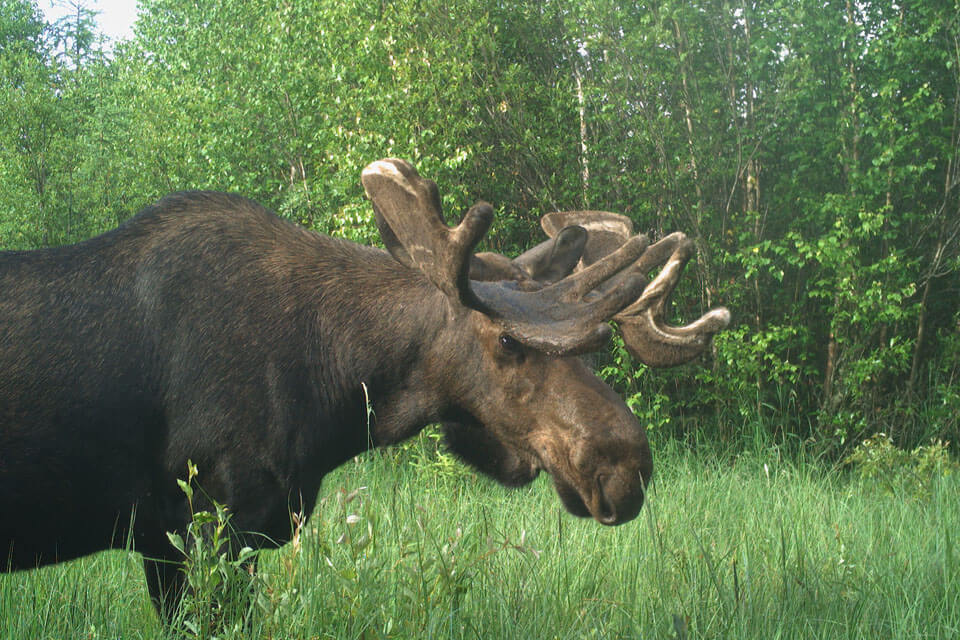
Well sites are a necessary feature of oil and gas development, however, the result is that prey, including snowshoe hares, and predators like wolves come too close together. The moose avoid the area due to the increase in wolves—which then leads to fewer moose across Indigenous territory.
Conservation management must include Indigenous participation. The Indigenous communities are suffering the loss of their land and its biodiversity due to ineffective government consultation and alienation from decision making.
—Fabian Grey, Whitefish Lake First Nation consultant manager
Two dozen Indigenous communities in the area rely on moose to feed their families, and the ongoing encroachment of the oil and gas industry is threatening the environment and their way of life.
The research was a collaboration with InnoTech Alberta and Shauna-Lee Chai, who led their Aboriginal Environmental Services Network. Chai played a pivotal role in bringing researchers and Indigenous communities together to produce the paper.
Read the open access publication
